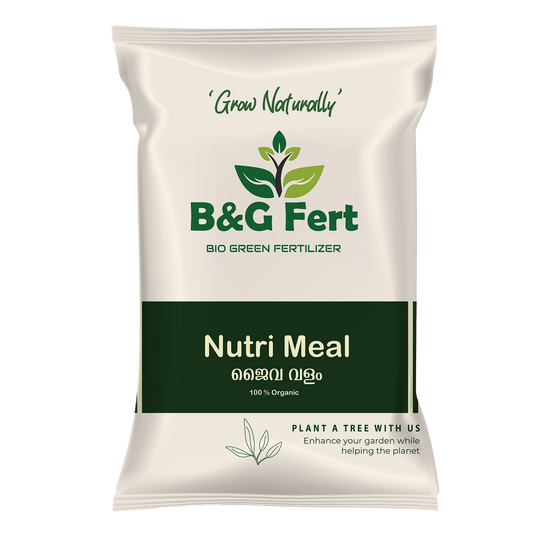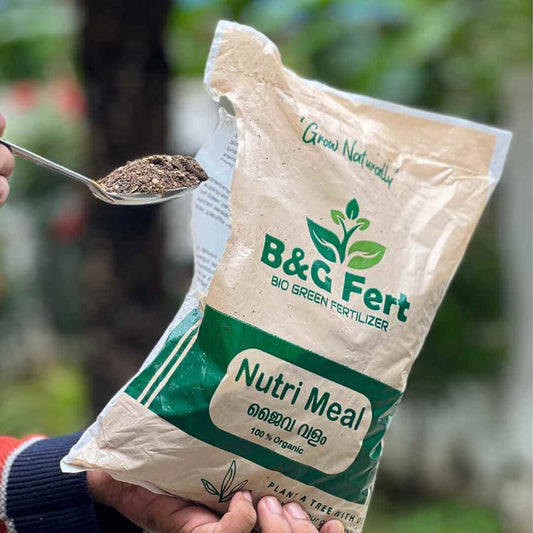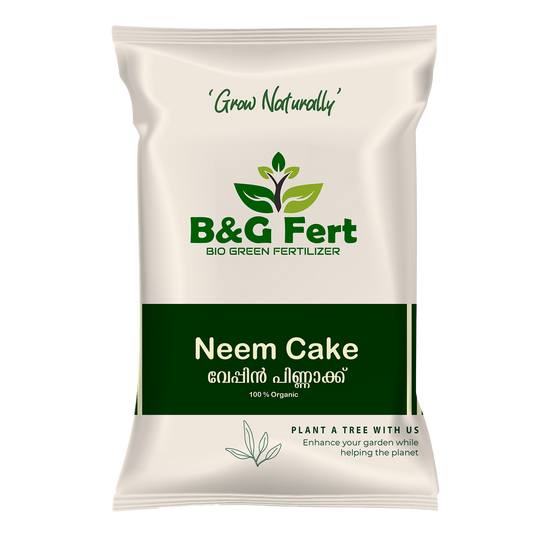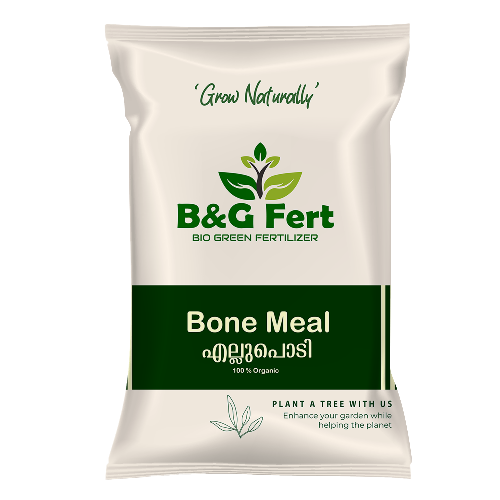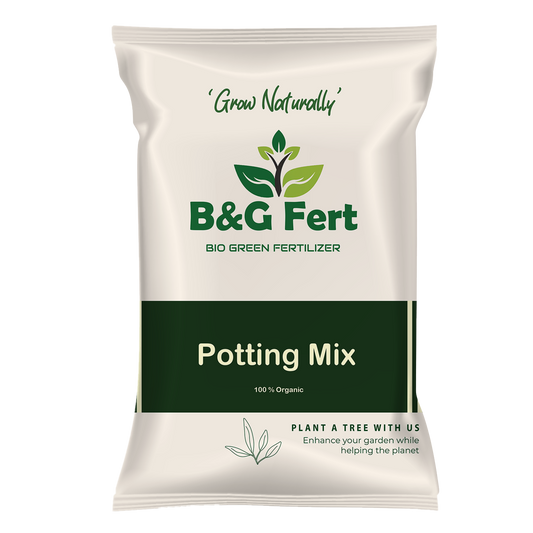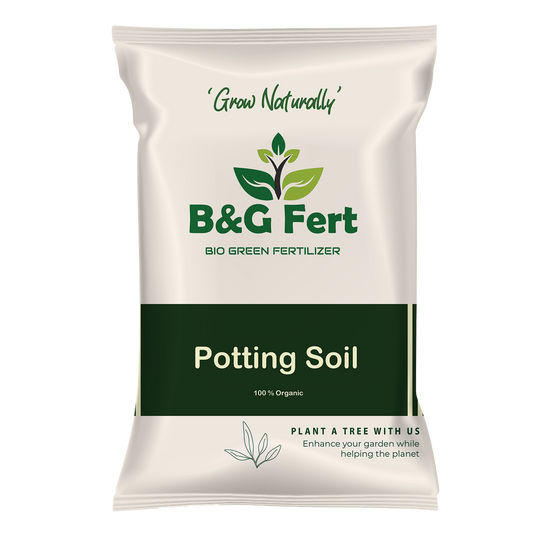
Build a Greener Garden: Tips for Sustainable Plant Care
Introduction
In today’s world, gardening is more than a hobby—it’s a way to contribute to a healthier planet. Sustainable gardening focuses on minimizing waste, conserving water, and using eco-friendly resources. Whether you're a beginner or a seasoned plant lover, adopting green practices makes your garden better for the environment and your plants.
Start with Native and Drought-Tolerant Plants
Native plants require less water, fewer chemicals, and adapt well to your climate. Choosing them helps preserve local biodiversity and reduces the need for maintenance.
Reduce, Reuse, Recycle
Instead of buying new pots and containers, reuse old buckets, jars, or even tin cans. Rainwater harvesting is another great way to water your plants sustainably. Using kitchen waste to make compost reduces landfill contribution and creates a circular ecosystem in your garden.
Use Organic Solutions
Replace chemical sprays with natural alternatives like neem oil or garlic sprays. Fertilize with compost, bone meal, or vermicompost instead of synthetic fertilizers. These options are safer for the environment and your family.
Practice Smart Watering
Water early in the morning or late in the evening to reduce evaporation. Drip irrigation systems and mulching help retain moisture and prevent overwatering.
Create Habitats for Pollinators
Plant flowers that attract bees and butterflies. Avoid pesticides that can harm beneficial insects. Encouraging natural pollinators supports biodiversity and helps your plants thrive.
Conclusion
Sustainable gardening isn’t about being perfect—it’s about making small, consistent choices that add up over time. From reusing containers to choosing eco-friendly fertilizers, each step helps build a garden that’s not only beautiful but also better for the earth.
